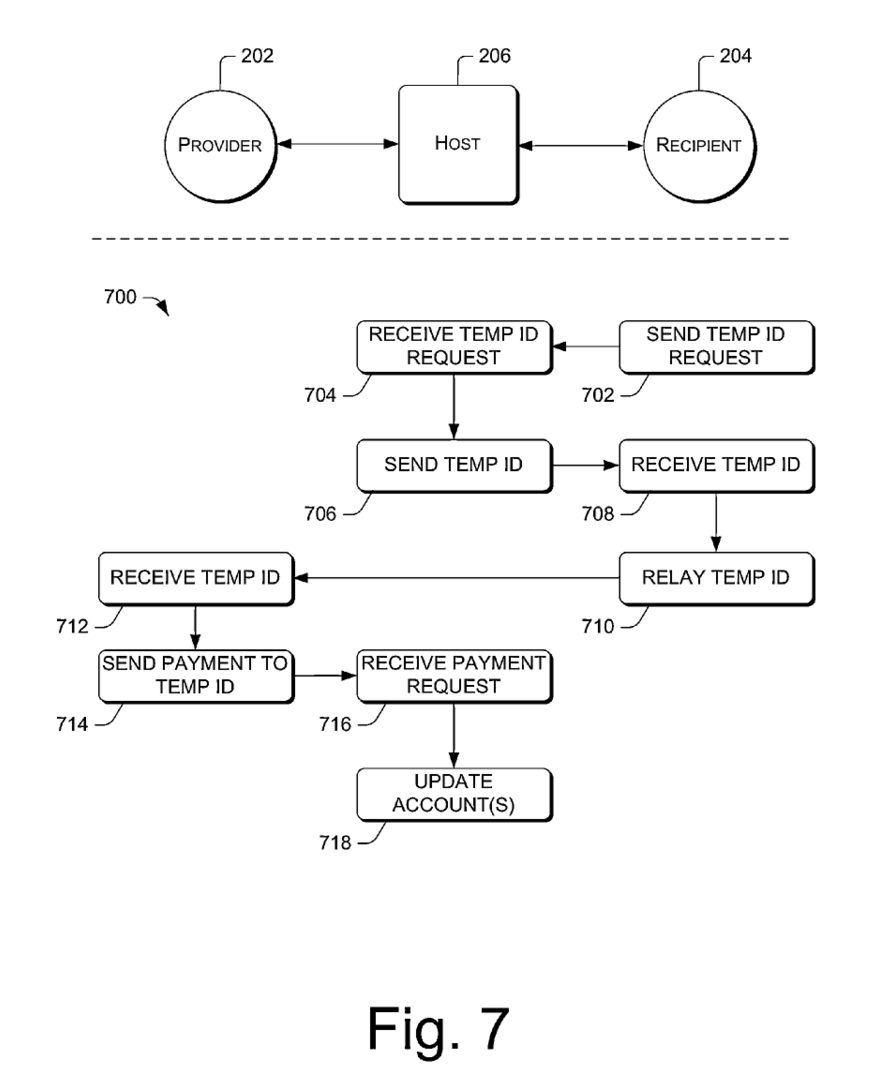A new patent published by the USPTO today (via PhoneArena) indicates that Amazon is looking into a way to limit the amount of data exchanged when two parties engage in a mobile payment transaction. The patent describes a way to sub in unique identifiers for information like name and email address that would otherwise be used to verify the identities of buyer and seller.
Participants who want to keep their information to themselves would have to first register with the service, which presumably would be operated by Amazon. They’d then be issued temporary tokens, which expire once a transaction is completed to help initiate and complete the payment. No information about either party would be revealed, with Amazon itself the only one involved with the identity of buyer and seller.
To initiate a transaction, what you would do is send a text to Amazon’s mobile payment service, something like “PAY 20,” which authorizes a payment of $20. You’d get a code in response, which you could then send to the merchant or payee, and they’d be able to use that to credit their own account. Security measures, like tying a code at least partially to a recipient’s phone number, would ensure only that party could redeem it to make sure messages couldn’t be faked or intercepted and redeemed by others.
If Amazon were to implement this, they could become a competitor for payment intermediaries like PayPal. Given that its online marketplace already competes with PayPal owner eBay, and that it already has millions of user accounts with active credit cards on file, it’s not too much of a stretch for the company away from its core business.
Last year, we reported that Amazon might be working on a Square competitor, which would be another different entry into mobile payments. Anonymized payments based on SMS or email codes might be a different way of looking at the same problem, but it’s an indication that Amazon is at least investing research and development dollars into the idea.

